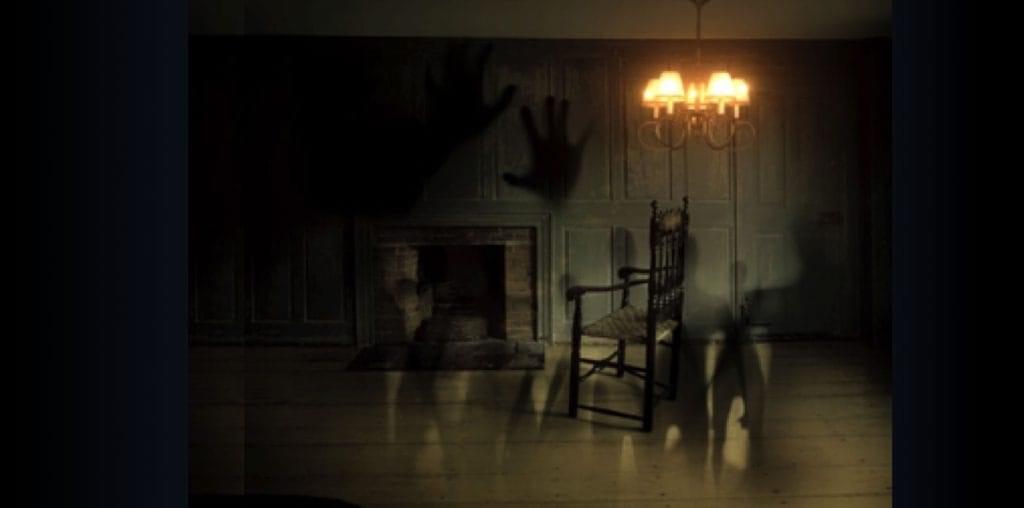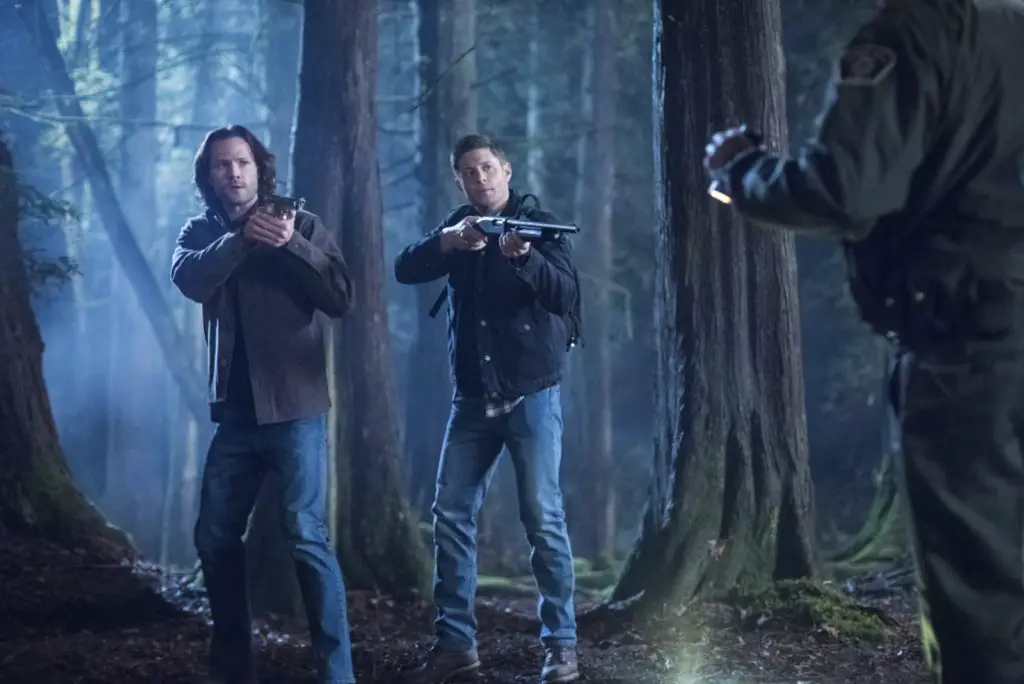
How did winning the Independent Film Spirit Award help your reputation as an indie filmmaker? ^ I have said in the past that the award had mostly personal significance, and that no calls came in after, but I had the incredible good fortune of being nominated as best director the following year along with luminaries Wim Venders, Paul Schrader, Robert Duvall, etc., so I think by now they must know my name in some circles. I still don’t get calls.
Your 1991 feature “No Telling” took seven years to get a home video release. This is an unusually long period of time for a film to arrive on home video. Why did it take so long? ^ “No Telling” is a passionate, serious and competently made film with a distinct independently minded point of view, and it is a genre film. But I guess it isn’t hip. I have never forgiven the indie film world for rejecting it so completely. However, we signed a foreign deal very quickly, for which I was grateful. It’s been seen on TV and possibly video in dozens of countries as “The Frankenstein Complex.” ^ As for my efforts, I shopped it consistently during the seven years and no one was ever interested. It was handled by many competent people off and on who couldn’t give it away. Talk about feeling like a pariah.
What was the theatrical playdate history of “No Telling”? ^ “No Telling” played in fewer than a dozen festivals when it was first finished, most notably Boston, Avoriaz, and Montreal. It was still being screened as late as 1998, when was brought back to the big screen at the Long Island Film Festival, IndieQueens in Queens, and in 1997 it played in L.A. at The American Cinematheque.
What are the greatest challenges facing an indie filmmaker trying to get a film onto a screen or into the video stores? ^ The most difficult thing facing an independent filmmaker is the imagination. If you have one, it’s quite possible no one will give you a chance to exhibit or distribute your picture–let alone compensate you. I want to thank my distributors (World Artists for “No Telling” and Fox Lorber for Habit) for taking a chance with my movies, because the decks are stacked against them, with video stores like Blockbusters squeezing out small titles so they can guarantee that the highest grossing films that have finally left the theaters are now in your face all over again to rent. How pandering and insulting. It’s embarrassing to be treated like children by the mega-vendors.
Let’s talk about your new feature. What was the genesis of and the influences behind Wendigo? I saw the flavor of Peckinpah’s “Straw Dogs” laced through the film…did that film come to mind in creating this? ^ “Straw Dogs” was certainly on my mind when I wrote Wendigo. I didn’t set out to reference it, but as the script developed, I made connections to existing films that I’ve liked, and “Straw Dogs” was among them. But thematically, my film is about the consumptive power of anger, and Peckinpah’s seems to be about the cathartic power of violence, so there are differences. ^ Wendigo is designed to evoke numerous archetypical storylines from “The Shining” to The Sixth Sense to “Pumpkinhead,” and to somehow confound expectations, and leave the audience to think about the role these stories play in our cultural and emotional lives. The actual genesis of the film was in a tale told to me by a first-grade teacher about a half-man, half-deer that ran through the woods crying “Weeendigoooo!”
Wendigo plays on the sense of rural isolation, offering a stunning companion piece to the sense of urban isolation that flavored Habit. As a filmmaker, did you find the rural environment easier to work with than the urban setting? ^ It is psychologically easier for me to shoot in the city, because everywhere you turn, the environment is already overrun by humanity, whereas in the country, I become acutely aware of the intrusive nature of the filmmaking process, even at the modest budgets I’ve worked with. By the same token, capturing the magic and power of nature in a film is to get a little closer to the existential themes that interest me.
One of the key reasons Wendigo works so well is your child actor (Erik Per Sullivan, best known as one of the orphans in The Cider House Rules) who is central to the story. What challenges did you face in bringing such a mature performance from such a young actor? ^ Erik Per Sullivan was a very mature eight-year-old when we shot the film. More importantly, he never over-acted, and brought his own reserve to the role. These qualities gave his character an internal life which invites the audience into his world. The challenges that arose were more to do with scheduling: A child actor is by law tutored in academics while on set and as a result only works six hours in a ten-hour shooting day. So every morning I walked on set, I was informed we were “already behind schedule.” It was maddening.
What new projects are on the Larry Fessenden horizon? ^ I’m bringing out my 1991 film “No Telling” on DVD this Halloween through World Artists Home Video. Though the film has never been very well received, it does relate to Habit and Wendigo thematically, and I consider the three films my horror trilogy. The release will include many special features and might reach a wider audience on DVD. ^ Beyond that, I am looking for employment and waiting for my muse to re-emerge.
What advice would you give to aspiring filmmakers who want to be the next Larry Fessenden? ^ Question authority. Try to be decent. Try to get in touch with the things that matter. Revere art. It is our best elixir. Anyway that would be my message. But don’t try to be “the next Larry Fessenden,” because the current Larry Fessenden is just hanging by a thread.
Visit Larry Fessenden’s official home on the web for more info.
Check out FILMTHREAT.com’s INTERVIEW ARCHIVES and read hundreds of fascinating in-depth interviews with directors, filmmakers, actors and celebrities from the world of film!

